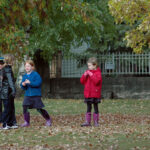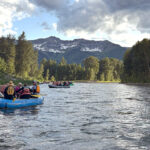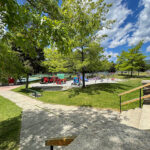Home »
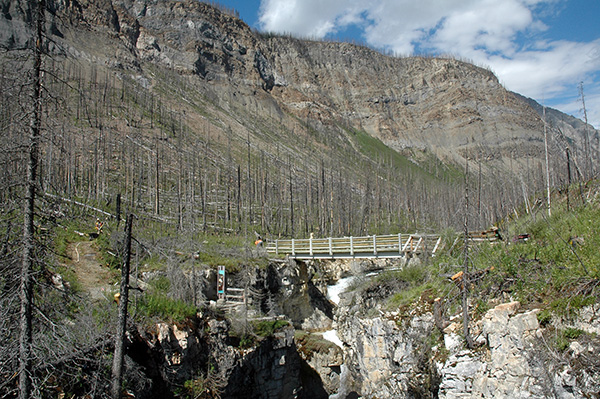
‘Epic sequel’ to Burgess Shale found in KNP
An assembly of fossils discovered in Kootenay National Park may prove to be richer in terms of variety than the famed Burgess Shale Beds in adjacent Yoho National Park.
In 2012 a group of scientists discovered a new ‘phyllopod bed-like assemblage’ in Kootenay National Park’s (KNP) Marble Canyon area, about 40 km southeast of the Burgess Shale Walcott Quarry, near Field.
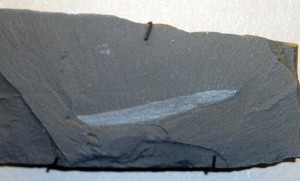
“This new discovery is an epic sequel to a research story that began at the turn of the previous century, and there is no doubt in my mind that this new material will significantly increase our understanding of early animal evolution. The rate at which we are finding animals – many of which are new – is astonishing, and there is a high possibility that we’ll eventually find more species here than at the original Yoho National Park site, and potentially more than from anywhere else in the world,” stated study lead author Dr. Jean-Bernard Caron, Curator of Invertebrate Paleontology at the Royal Ontario Museum and Associate Professor at the University of Toronto in a phys.org article.
“We are very excited to go back to the field this summer, during the ROM’s Centennial year, with one of our main goals being to increase the number of new species discovered,” he added.
The international team of researchers that discovered the sites Caron, Robert R. Gaines with Pomona College’s geology department (Calif.), Maria Gabriela Mangano with the University of Saskatchewan, Michael Streng with Sweden’s Uppsala University and Cédric Aria with Royal Ontario Museum.
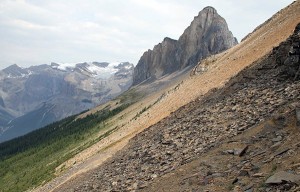
“The fossils of the Burgess Shale have transformed our understanding of the Cambrian explosion. While Burgess Shale-type deposits are known from Cambrian strata worldwide, the abundance and diversity of soft-bodied faunas from Walcott’s Quarry, and its famous ‘phyllopod bed,’ remain unmatched.
“We were already aware of the presence of some Burgess Shale fossils in Kootenay National Park. We had a hunch that if we followed the formation along the mountain topography into new areas with the right rock types, maybe, just maybe, we would get lucky – though we never in our wildest dreams thought we’d track down a mother-load like this. It didn’t take us very long at all to realize that we had dug up something special. To me, the Burgess Shale is a grand tale in every way imaginable, and we are incredibly proud to be part of this new chapter and to keep the story alive and thriving in everyone’s imagination,” said Dr. Robert Gaines of Pomona College.
The exact locations of the fossil beds are not being disclosed and are protected by Parks Canada to protect integrity. However, future visitor opportunities are not being ruled out.
In a study report the scientists noted that early excavation work at the fossils assemblage has thus far yielded 3,053 specimens from 52 different taxa, with at least 15 of them considered new and more species are expected to be found.
The report notes that the “arthropod-dominated assemblage is remarkable for its high density and diversity of soft-bodied fossils, as well as for its large proportion of new species (22% of total diversity) and for the preservation of hitherto unreported anatomical features, including in the chordate Metaspriggina and the arthropod Mollisonia. The presence of the stem arthropods Misszhouia and Primicaris, previously known only from the early Cambrian of China, suggests that the palaeogeographic ranges and longevity of Burgess Shale taxa may be underestimated.”
Perhaps the most important discovery at the Burgess Shale site is the Pikaia, found only in the area. It is considered the most primitive known vertebrate, making it the ancestor of all descendent vertebrates – including humans.
More: https://www.nature.com/ncomms/2014/140211/ncomms4210/full/ncomms4210.html
Lead image: KNP’s Marble Canyon. Image is not intended to note the site of fossil beds discovered and is illustrative only of the general area.
Ian Cobb/e-KNOW
